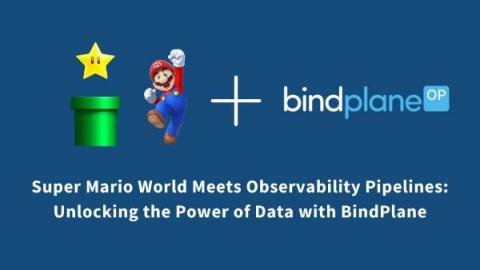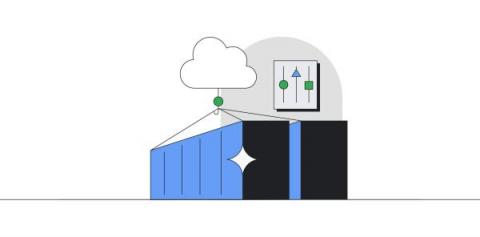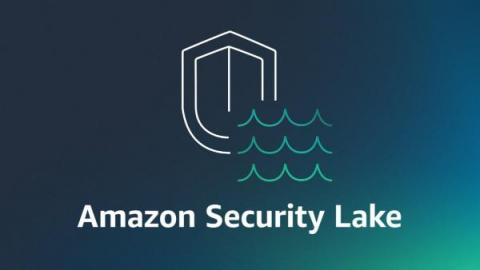Operations | Monitoring | ITSM | DevOps | Cloud
Latest News
Unearthing Gold: Deriving Metrics from Logs with Mezmo Telemetry Pipeline
Logs are like gold ore. They have valuable nuggets of information, but those nuggets often come in a matrix of less helpful material. Extracting the gold from the ore is crucial because it is vital to unlocking insights and optimizing your system(s). Raw logs can be overwhelming, containing informational messages, debug statements, errors, etc. However, buried within this sea of data lies the key metrics you can use to understand your applications' performance, availability, and health.
Network Telemetry Explained: Frameworks, Applications &Standards
Cloud Repatriation Explained: Is Bringing Your Data Home the Right Move?
Introducing the Cribl Pack for Corelight
In this blog series, we’ll explore how Corelight and Cribl Stream work together to improve observability in Security Operations Centers (SOCs). In today’s rapidly changing threat landscape, it’s crucial to efficiently monitor and manage data for effective security operations. Corelight provides exceptional network visibility, while Cribl Stream gives you control and the flexibility to optimize data pipelines and gain valuable insights.
Simplify troubleshooting in Google Kubernetes Engine with new playbooks
New playbooks can help detect issues automatically and provide support when troubleshooting your GKE environment.
Understanding Amazon Security Lake: Enhancing Data Security in the Cloud
How to combine OpenTelemetry instrumentation with Elastic APM Agent features
Elastic APM supports OpenTelemetry on multiple levels. One easy-to understand scenario, which we previously blogged about, is the direct OpenTelemetry Protocol (OTLP) support in APM Server. This means that you can connect any OpenTelemetry agent to an Elastic APM Server and the APM Server will happily take that data, ingest it into Elasticsearch®, and you can view that OpenTelemetry data in the APM app in Kibana®.
Turning Up the Heat: Cribl's Summer Product Launch
Hey there, Cribl fans! We hope you’re ready to move into the second half of summer with a splash because we have some exciting news to share. Our latest product launch is all about enabling teams and multiple users to work together seamlessly while focusing on security, access control, and providing valuable data insights on demand. Who says you can’t have it all? Let’s dive right into the details!
Why Cyber Resilience Is Foundational to Your SIEM Success
The common failure scenarios that occur in the cybersecurity world are typically assumed to be costs of doing business, but they’re actually more predictable and avoidable than you might imagine. Even if you’ve been lucky enough to avoid failed data sources or backups, a SIEM getting knocked offline, and other cybersecurity attack situations until now — in today’s day and age, they’re still inevitable.










